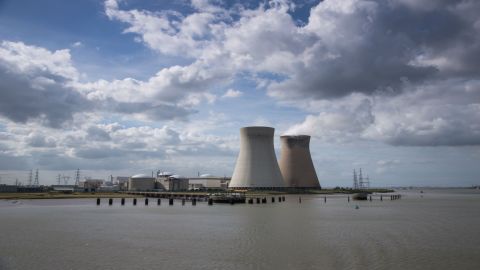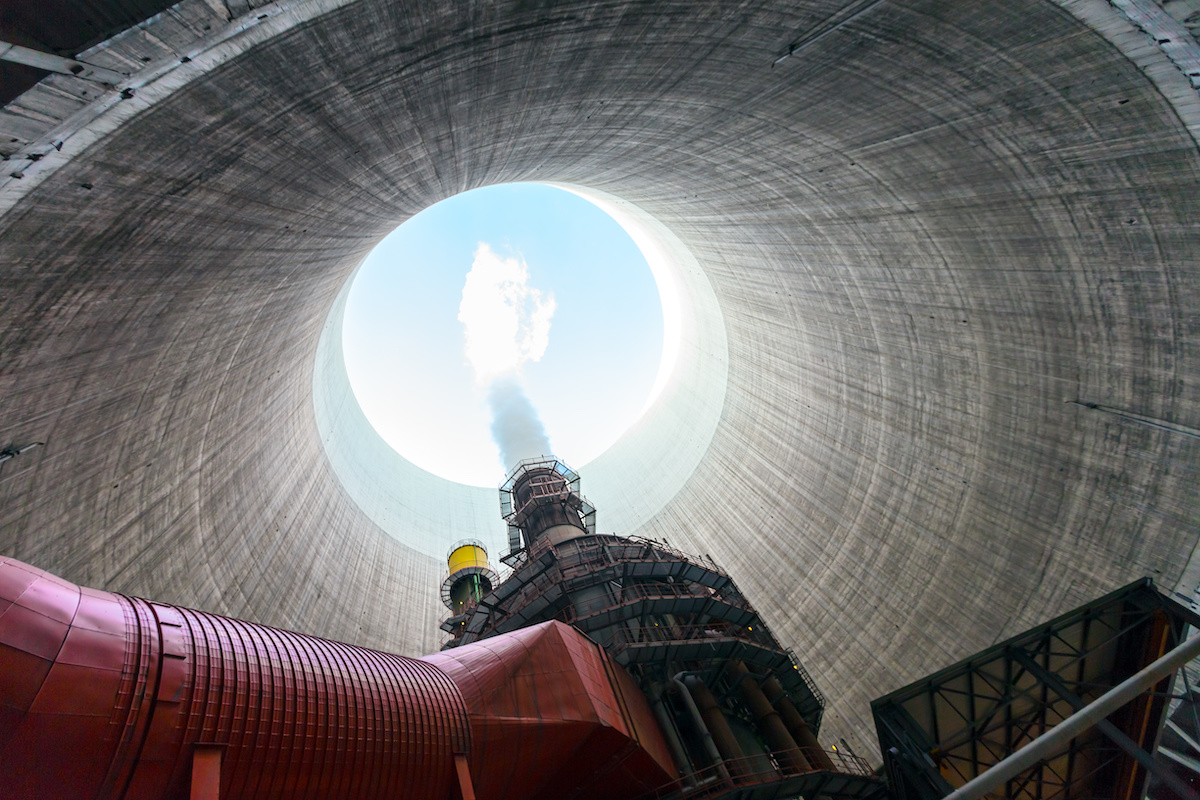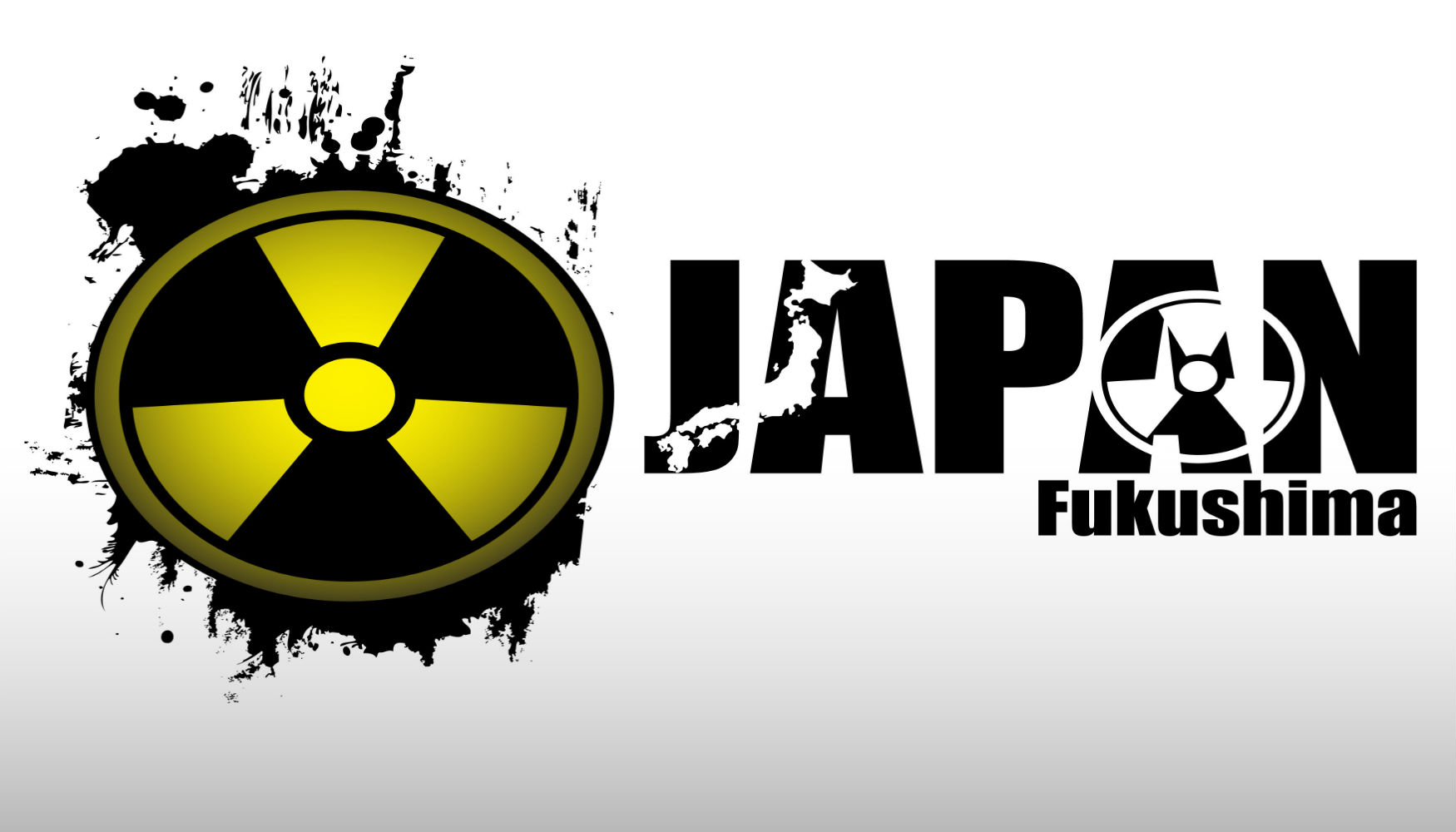Does Living Near a Nuclear Plant Increase Cancer Risk? The NRC Was Right to Cancel a Study to Find Out.

As a reporter for a TV station in Boston I reported on a study suggesting an association between elevated leukemia rates and proximity to the Pilgrim Nuclear Power plant. I was proud to have broken such news, but subsequent investigation found no connection.
Had I known then what I have come to know about the actual health effects of nuclear radiation I never would have reported the first story. And if critics of the Nuclear Regulatory Commission decision to end a new study on whether living near a nuke raises cancer risk were aware of this information, it’s likely they wouldn’t be as critical. Canceling it makes sense. Calling for the study in the first place didn’t
The science on radiation risk is clear. The risk is stunningly lower than commonly assumed, certainly far lower than I assumed when I reported on nuclear power issues. Even at the frighteningly high doses received by the hibakusha, the survivors of the atomic bombs in Japan who were within 3 miles of ground zero and were exposed not just in that one instant but for weeks and months and longer, the excess cancer risk is tiny. The chance of dying from radiation-induced cancer for the atomic bomb survivors was 2/3 of 1%! At more moderate doses (below 100 milliseiverts), the 70 year-long and still-running Life Span Study of the hibakusha and their offspring (under the aegis of the Radiation Effects Research Foundation) has shown no rates of any radiogenic disease elevated above the normal rates in the non-exposed population. No multi-generational genetic damage either. (Even low doses cause birth defects if pregnant mothers are exposed.)
This all goes so dramatically against what is commonly assumed, and what I just took for granted in my reporting days. But it is hard evidence from one of the longest and most in-depth and independent epidemiological studies ever done.
Neighbors of nuclear plants – if they receive any radiation exposure at all…and most don’t – receive FAR lower doses than that, microscopically small compared a CAT scan or many other common medical radiological procedures. So even with new advanced research techniques for doing more insightful research to investigate a possible link between nuclear plants and cancer in those living near such plants, the NRC study was almost certain to find nothing more than all previous research has found, which was no link. Even if there is exposure, the doses are way too low to cause detectable harm.
The new study – now cancelled – was a response to fear of radiation, a widely assumed fear with deep Ban the Bomb historic roots that has been a bedrock of the modern environmentalism I grew up devoted to (Rachel Carson writes about chemicals as being ‘like radiation’ in Silent Spring), a fear that made sense before we knew what we have come to know from the study of the hibakusha, but a fear we now know is simply not supported by the evidence. That fear fuels opposition to a form of zero carbon emissions energy that could be helping us solve the immense threat of climate change, an inordinantly greater threat. Nuclear energy could also help reduce particulate pollution, the microscopic bits from the incomplete combustion of fossil fuel that get deep into the lungs and contribute to cardiovascular problems. Particulate air pollution is estimated by the World Health Organization to cause “about 16% of lung cancer deaths, 11% of chronic obstructive pulmonary disease deaths, and more than 20% of ischemic heart disease and stroke”, worldwide each year.
My dramatic but in retrospect ill-informed reporting on the dangers of some of New England’s nuclear power plants – Pilgrim (which certainly was badly contaminated for a long period with radiation inside the plant in lots of places it didn’t belong) Seabrook (the controversy was about whether their evacuation plan could work in the summer with nearby beaches full) and Yankee Rowe (now disassembled and gone because of valid questions about the integrity of the core vessel) – certainly fueled this nuke-o-noia. So do all the nuclear opponents and NRC critics, including Massachusetts Senator Ed Markey, who question the motives of the agency for having cancelled this study. Such criticism fuels mistrust in the regulator, which amps up the fear of nuclear energy, and that does the public much more harm than good.





